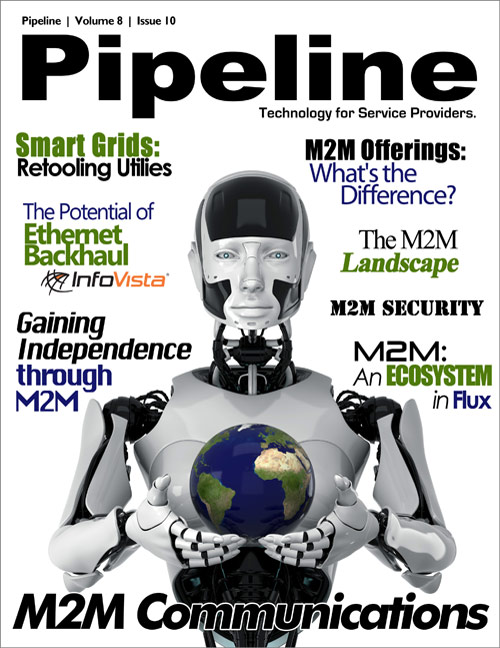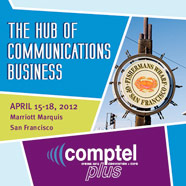By: Becky Bracken

Michael Valocchi was working on smart grids before it was fashionable, about six years ago. Now, as vice president of Global Energy and Utilities, IBM, he says he's encouraged to hear people outside of the energy industry getting serious about smart grid technology.
“Smart grid has become mainstream, which is where it belongs,” Valocchi says. “We've been on an interesting journey for a number of years.”
But for CSPs, the fun is just getting started.
What is a Smart Grid, Really?Essentially, smart grids are the integration of utility networks with modern communication networks so that real-time data can be shared between consumers, utilities and others, like municipalities. As economic and environmental pressures mount on utilities, they are looking toward smart grid technology to become more efficient and responsive to customer demand.
But smart grid is far from a one-size-fits-all solution. There are as many business models for smart grid as there are communities trying to deploy the technology. Valocchi says there are eight to ten different business models out there for smart grid, and it uses two particular U.S. jurisdictions as examples of how smart grids are evolving to solve different kinds of problems.


Texas and California: Lessons From Smart Grid Pioneers
First is Texas. Deregulated since Jan. 2002 and seriously competitive, Texas energy is a new frontier. Smart grids are being deployed in Texas as a means to differentiate services in a highly-competitive environment. There, Valocchi adds, smart grids will allow upstart utilities to be more competitive and transparent and lure customers away from other providers.
More than 4 million smart meters have already been installed in deregulated parts of Texas, according to the Public Utility Commission, and many more should be installed by the end of next year, said Donna Nelson, the commission’s chairwoman, in the Texas Tribune.There are also several public-private projects in Texas working as incubators for smart grid technology, including the Pecan Street Project in Austin Texas, headed up at the University of Texas (and funded, in part, by the energy sector) that is testing smart meters in more than 1,000 homes and businesses, so far with promising results.
The lesson in Texas: There's money to be made in smart grid technology and the private energy sector already knows it.
On the other hand is California. Following the huge spikes in energy prices in California, state regulators saw smart meters as an opportunity to keep a sharp eye on consumption and bills. The California Public Utilities Commission (CPUC) and PG&E worked to roll out smart meters in 2007. As of June 2010, 3,146,000 electric and 3,101,000 gas smart meters have been installed throughout PG&E’s service territory.








